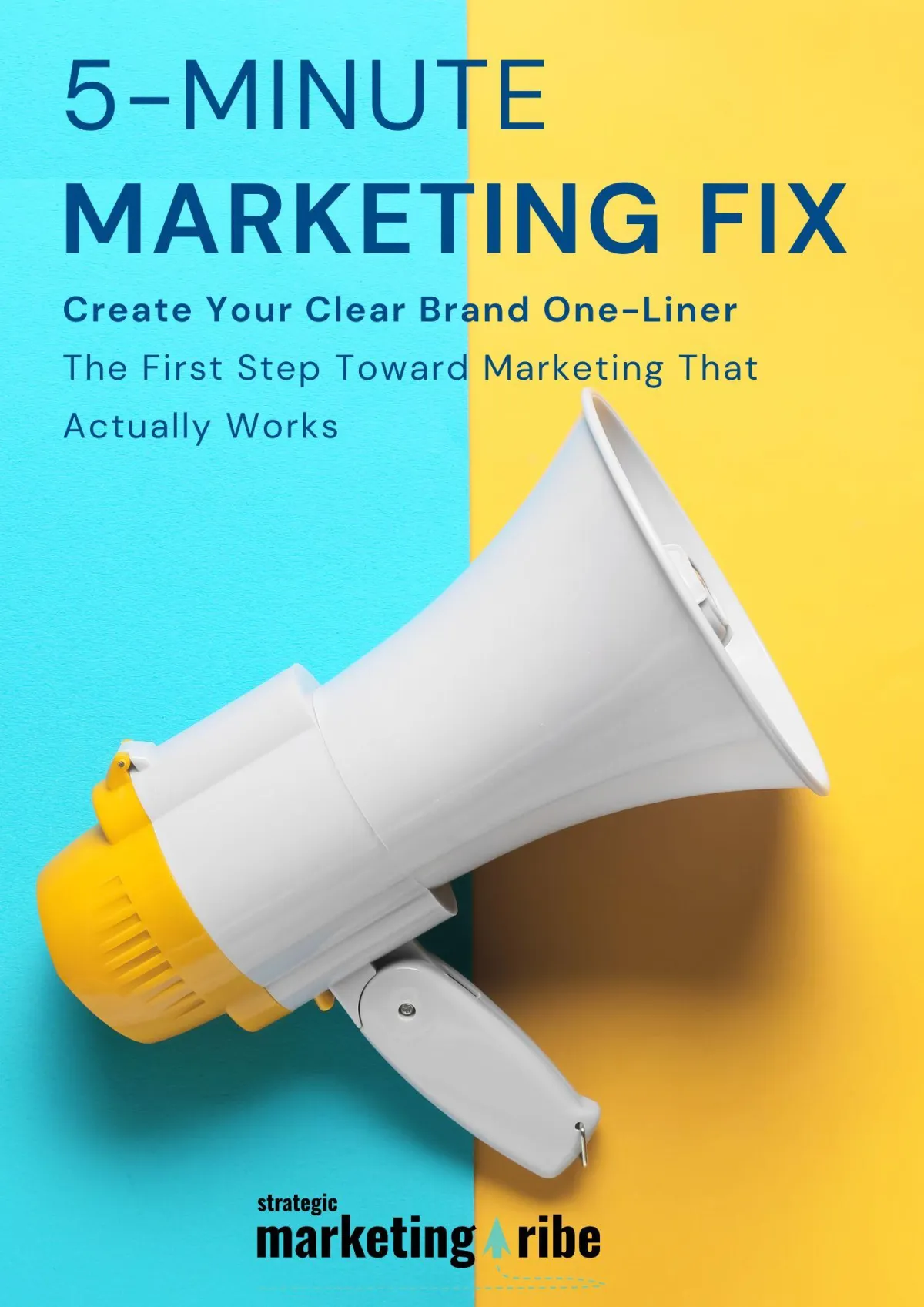NEWS, MEET STRATEGY
Real news, real insights – for small businesses who want to understand what’s happening and why it matters.

Advertise Your Business on $500—Here’s What Works
By Vicky Sidler | Published 9 August 2025 at 12:00 GMT
When you’ve only got $500 to advertise your business, every dollar needs to behave like it’s worth ten.
The problem? Most small business owners either blow the budget on the wrong channel—or spread it so thin they can’t tell what’s working.
Recent advice from Semrush contributor Asif Ali breaks this down into a simple, results-first approach that small businesses can actually use. I’m adding my own take from years of helping owners get better returns on limited budgets.
TL;DR
Pick one clear result you want from your ads
Find out where your last 20–30 customers came from
Study competitor ads to avoid guesswork
Pick three channels to test—aligned with your audience and goal
Split the $500 strategically, not evenly
Need help getting your message right before you advertise? Grab the free 5-Minute Marketing Fix.
Table of Contents
Advertise Your Business on $500—Here’s What Works
1. Start with the Right Goal (One Only):
3. Borrow the Expensive Lessons from Competitors:
4. Pick Three Channels—Not Ten:
6. Match the Action to the Goal:
8. Launch Everything in the Same Week:
9. Measure One Result per Channel:
10. Repeat with Smarter Inputs:
Before You Spend a Cent, Fix Your Message:
FAQs About Advertising Your Business on $500
Can I advertise effectively with just $500?
Should I spend the $500 all on one platform?
How do I know which channels to test?
What if I don’t have customer data yet?
Why shouldn’t I “spread the love” evenly across channels?
How can I track if my $500 worked?
Is discounting the only way to make an offer urgent?
How often should I run these “ad sprints”?
1. Start with the Right Goal (One Only):
If your ad is trying to “get more attention” or “build awareness,” it’s too vague to measure.
Choose one measurable result. Clicks. Calls. Foot traffic. Form fills.
For example, if you run a furniture store and want people in your showroom—everything about your ads should point to “get directions,” not “browse our Instagram.”
2. Follow the Customer Trail:
Before spending a cent, look at where your last 20–30 customers actually came from.
If 12 found you on Google? That’s a channel to test.
If several came via Instagram DMs? Add it to the shortlist.
And if you don’t know, start asking: “How did you hear about us?” Track responses in a simple spreadsheet.
3. Borrow the Expensive Lessons from Competitors:
Competitors have already paid to find what works. You can see their ads for free.
Tools like Google’s Ad Transparency, Meta’s Ad Library, and TikTok’s Ad Library let you check which offers and formats they’re using.
Notice repeated channels or similar offers? That’s your sign those ads are pulling results.
4. Pick Three Channels—Not Ten:
Popular doesn’t mean profitable. Your audience’s habits decide where your budget goes.
Example: homeowners in their 40s may be on Google Search, Facebook, and reading local mailers—not Snapchat.
Three channels keep the test manageable and measurable.
5. Build One Clear Offer:
No one acts on vague ads. Your offer should be:
Clear (“25% off loft chairs”)
Time-sensitive (“Ends Sunday”)
Relevant to your target audience
Urgency moves people. It doesn’t always have to be a discount—bonuses, free delivery, or priority service work too.
6. Match the Action to the Goal:
If you want calls, make the phone number obvious.
If you want bookings, send them directly to the calendar.
If you want visits, highlight your address or add a map pin.
One ad = one goal = one call to action.
7. Spend Your $500 Wisely:
Don’t split it evenly. Allocate more to the channels with the highest intent.
Example:
Google Search Ads: $250 (people are actively looking)
Facebook Ads: $150 (low cost, visual, local targeting)
Postcards: $100 (trackable local reach)
8. Launch Everything in the Same Week:
If one ad starts Monday, another Wednesday, and postcards two weeks later—you’ve changed the test conditions.
Launch all within 1–2 days to compare results fairly.
9. Measure One Result per Channel:
Track the single action you wanted from each channel over 14 days.
Then compare the cost per result. Was it worth it? If yes—keep it and scale. If no—tweak the message, offer, or targeting before you replace the channel.
10. Repeat with Smarter Inputs:
Each $500 “ad sprint” gives you data. Use it. Keep the winners. Fix or drop the losers. Increase budget for what works.
Over time, your returns get better because you’re making decisions based on actual performance—not guesses.
Before You Spend a Cent, Fix Your Message:
A clear, simple message will outperform a fancy ad with muddled copy every time. That’s why I created the 5-Minute Marketing Fix—a free tool to help you write one sharp sentence that tells customers exactly what you do and why they should care.
👉Download it here and make sure your $500 goes further.
FAQs About Advertising Your Business on $500
Can I advertise effectively with just $500?
Yes—if you focus on one clear goal, choose the right channels, and track results. A scattered approach wastes money.
Should I spend the $500 all on one platform?
Not unless you’re certain it’s your best-performing channel. Most small businesses see better results testing up to three channels, then doubling down on the winners.
How do I know which channels to test?
Follow the customer trail. Look at where your last 20–30 customers came from, and prioritize those channels for testing.
What if I don’t have customer data yet?
Start asking new customers how they found you. Track this in a spreadsheet—it’ll guide your future ad spend decisions.
Why shouldn’t I “spread the love” evenly across channels?
Some channels naturally have higher buying intent (like Google Search) than others. Allocate more budget to high-intent channels to improve ROI.
How can I track if my $500 worked?
Measure one result per channel—calls, bookings, clicks, or visits—over 14 days. Compare the cost per result to decide if it’s worth repeating.
Is discounting the only way to make an offer urgent?
No. Limited-time bonuses, free delivery, priority service, or exclusive access can all create urgency without cutting price.
How often should I run these “ad sprints”?
Every month or quarter works well. Each sprint gives you data to improve targeting, offers, and messaging for better results next time.

Created with clarity (and coffee)







